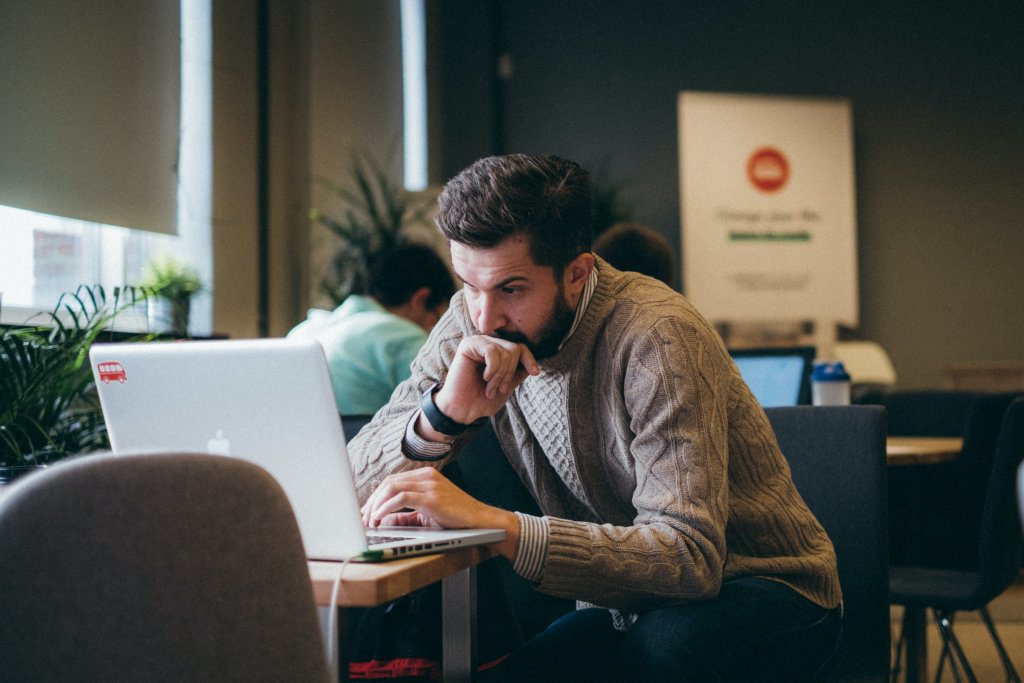Written by Kennedy Kan and Bin Tong, 2020 Cohort
Q1: What project simulations have you been working on during the spring semester, and how did you become a team leader?
Bin: Currently, I am working on an online community app made explicitly for Persian calligraphers. I was an interaction designer and product manager before I joined CDM, so I am familiar with the process of creating a new app. However, this is the first time to lead a fully English-speaking project, which makes it challenging. Product managing and UX design have always been communication-heavy types of job positions. We have so many more chances to improve our linguistic skills as ESL students during the project simulations.
Kennedy: I have been working as a team leader on a VR Calligraphy project simulation throughout this semester. Our creation was originally inspired by one of our student’s fathers, who is a Persian calligrapher. But since our idea has a vast potential to benefit a wide range of target audiences and shouldn’t be just limited to one cultural preference, we decided to expand it with our most significant effort.
Q2: In your experience what is the best method of keeping track of all team members’ work?
Bin: Work tracking is essential but also very hard if we don’t form a habit to register our effort regularly. We tried to keep our progress on Google Sheets but ended up losing track. But in our team, we have a habit of keeping a product diary, where we wrote down our meeting minutes and project managing information. The purpose of owning a product diary is that whenever we want to check something in our project history, we always have access to it.
Kennedy: Having worked as an artist for a few companies, I always believe that having a fixed schedule of short meetings each week is the best way to keep track of the team members’ progress. Not pressuring your team members too much is also very important. Keep a healthy and positive attitude for a working environment at the same time.

Q3: What have been some challenges in working with your team?
Bin: The biggest challenge is how to work asynchronously better. We work remotely, and every team member has their own work window, so scheduling meetings or even chatting in real-time is a must. As we got to know each other’s work routine better, we gradually collaborated better.
Kennedy: Different time zones were the biggest challenge for our team, especially when setting up any meetings or assigning new tasks. However, good communication and time management have helped us a lot while working asynchronously.
Q4: How about the best moments from your project?
Bin: For me, the best moment was finding the solution for Persian calligraphers. Most of our team members had very little knowledge about Persian arts, so we spent a lot of time getting to know a culture we were not familiar with. After getting to know the Persian calligraphy business situation, we generated an idea together and realized we could do something to make things at least a little bit better in the pandemic. We want to help Persian artists, including those calligraphy students stuck at home, to connect with each other.
Kennedy: No doubt, after the presentation every week would be the best moment for us. Apart from a short break, we are encouraged to achieve a much clearer path for our ideation every time we gain valuable feedback from listeners.
Q5: What have you learned from this experience?
Bin: The most important lesson from the project is collaborating in a multicultural team. We tried to learn about Persian arts better to make a better product. I hadn’t expected an English learning experience like this before joining the preMDM program, and it is a truly immersive experience to put myself out there to think and communicate in English. Project simulations truly help us to improve our language skills more efficiently and practically.
Kennedy: Teamwork and the management skills for an asynchronous workflow are the most considerable matters that I have learned from this experience so far. It was an eye-opening experience.